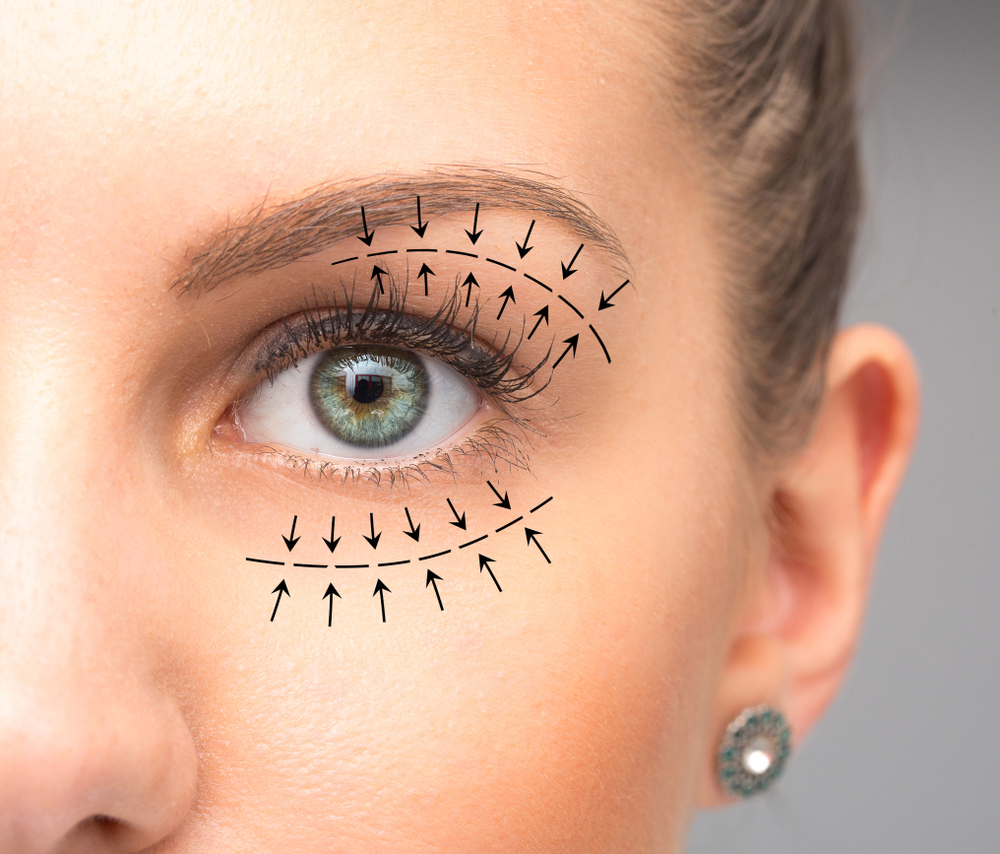No matter how hard you may try, you can’t control where your body stores fat or where it loses fat from. When diet and exercise have done all they can, it might be time to consider liposuction surgery.
You’ve probably heard of liposuction before, but unfortunately, there are a lot of misconceptions floating around regarding what exactly liposuction is and what it can and can’t do. Keep reading to learn about the different types of liposuction, their benefits and limitations, and who makes a good candidate for liposuction.
What Is Liposuction?
Also known as suction-assisted lipectomy, liposuction refers to the surgical removal of subcutaneous fat from specific areas of the body. It is used to target stubborn fatty deposits that do not respond to diet and exercise efforts.
Liposuction surgery can enhance the contours of your body to create a more toned and shapely figure.
What Can’t Liposuction Do?
Although liposuction can remove fat and fatty deposits, it is not meant to be a weight loss alternative or to replace weight loss surgery for obese individuals. Liposuction cannot remove visceral fat, which is harder fat that accumulates around organs.
An accumulation of visceral fat around your organs is associated with a higher risk for several medical conditions, including diabetes, heart disease, and stroke. It can only be eliminated by making meaningful lifestyle changes. For obese individuals, bariatric weight loss surgery is a better option to help address visceral fat.
Liposuction cannot get rid of cellulite or stretch marks, but other procedures can address these concerns.
Who Is a Good Candidate for Liposuction?
In general, candidates for liposuction should be in good overall health and not have any underlying medical conditions that could cause complications. The best results are seen in patients who have a healthy diet and exercise regimen, are close to a healthy weight, and have good skin elasticity.
We will discuss all of these factors and more when you come to our Marietta, GA, office for your consultation.
How Is a Liposuction Procedure Performed?
Liposuction surgery begins with one or more small incisions in the target area or areas. In traditional liposuction, a long, thin, flexible plastic tube, called a cannula, is then inserted. The cannula is attached to a suction device, which assists in sucking out the desired amount of fat.
Once the desired amount of fat has been removed, the cannula is carefully removed and the incisions are sutured shut. Sometimes it is necessary to place drainage tubes under the skin to assist in draining the excess fluid that collects in the first few days after surgery.
Liposuction surgery can be performed under local or general anesthesia, depending on the extent of the surgery and your personal preferences. There are also a few variations on traditional liposuction that may be a better fit for you, depending on the cosmetic goals you’re hoping to achieve.
More information on each type of liposuction procedure can be found below. As always, we will thoroughly discuss all of your options with you before any procedure.
Tumescent Liposuction
During tumescent liposuction, a sterile solution of salt water, lidocaine, and epinephrine is injected into the target areas before any incisions are made. This solution helps reduce certain post-surgery effects and is removed along with with the unwanted fat through the cannula.
The injection of tumescent liquid is standard practice and can be done in conjunction with other forms of liposuction.
Ultrasound-Assisted Liposuction
Ultrasound-assisted liposuction is exactly what it sounds like: It uses ultrasound technology to make removing fat easier. During this type of liposuction procedure, a thin metal rod is placed under the skin in the areas being treated. The rod emits ultrasonic energy, which ruptures the cell walls of fat cells and makes them easier to remove.
This can be especially helpful in areas with dense, thick, or fibrous tissue.
Laser Liposuction
Laser liposuction is similar to ultrasound-assisted liposuction, but it instead utilizes high-intensity lasers to break down fat cells and aid in removal. The laser completely liquefies the fat cells it comes in contact with, making the fat easier to then suction out with a cannula.
Power-Assisted Liposuction
Power-assisted liposuction is similar to traditional liposuction performed with a cannula and suction device. In this variation, the cannula moves back and forth, just a tiny bit, but very rapidly to create vibrations. These vibrations can assist in breaking down tough fat and give our surgeon more precise control over what fat is extracted.
Recovery
Unlike some cosmetic surgeries, liposuction does not have an overly complicated recovery process. You should start feeling like your normal self, albeit a bit slimmer, in just a few days after your surgery. We recommend wearing a compression garment for the first few days after surgery to reduce swelling and promote proper healing.
We will go over all aftercare instructions before we discharge you.
Schedule Your Liposuction Consultation Today
Before you can plan for surgery, you must come in for a consultation. This is done to discuss what cosmetic results you’re hoping to achieve, determine whether you’re a good candidate for liposuction, and make sure you feel comfortable and at home with our surgeons.
At your consultation, we will discuss the various liposuction techniques and determine which method is best for you. Rest assured that no matter what kind of liposuction procedure is best for you, the board-certified surgeons at Georgia Plastic and Reconstructive Surgery will perform it expertly.
Give our team a call today to set up a consultation time that works for you.




